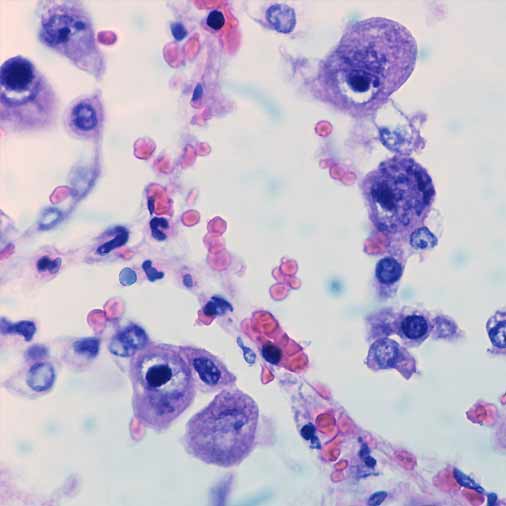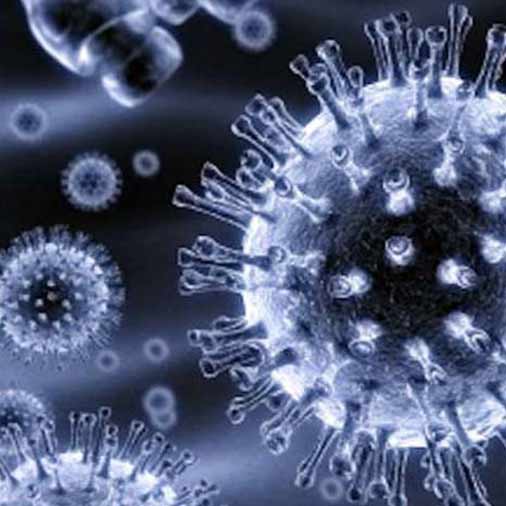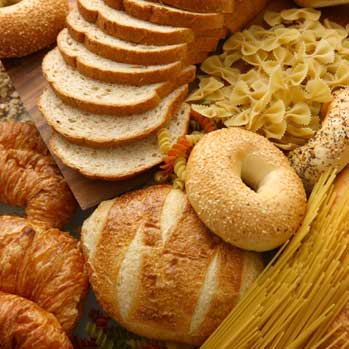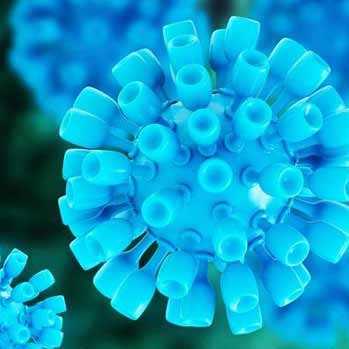Clostridium is a genus of Gram-positive bacteria. This genus includes several significant human pathogens, including the causative agents of botulism and tetanus. The genus formerly included an important cause of diarrhea, Clostridioides difficile, which was reclassified into the Clostridiodies genus in 2016. They are obligate anaerobes capable of producing endospores. The normal, reproducing cells of Clostridium, called the vegetative form, are rod-shaped, which gives them their name, from the Greek κλωστήρ or spindle. Clostridium endospores have a distinct bowling pin or bottle shape, distinguishing them from other bacterial endospores, which are usually ovoid in shape. Clostridium species inhabit soils and the intestinal tract of animals, including humans.[1] Clostridium is a normal inhabitant of the healthy lower reproductive tract of females.[2]
Clostridium difficile and other related organisms Version 1.0
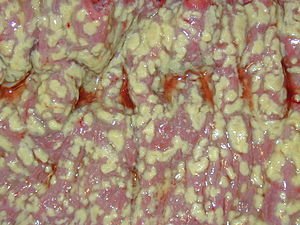
Clostridium difficile and other related organisms Version 1.0
There are no reviews yet.
